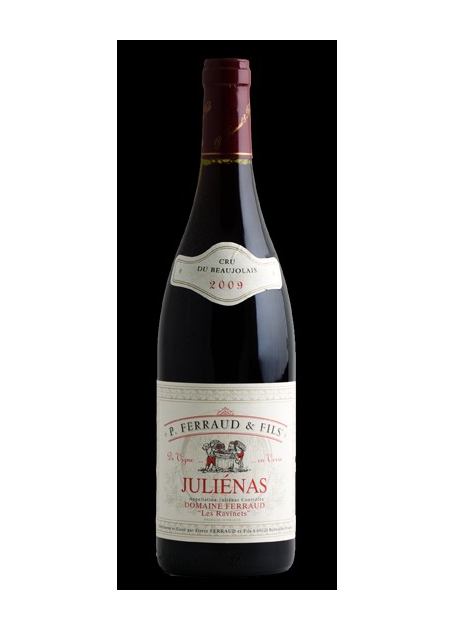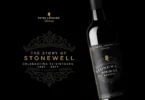Bacchus’ Wine
Posted: 2nd February 2017
One of the economist Bernard Maris’s favourite sayings was ‘nul chagrin ne résiste à un morgon de chez Marcel Lapierre’ (‘there is no anxiety that cannot be banished by the bottle of Marcel Lapierre’s Morgon’). Maris claimed to be quoting the revolutionary, Guy Debord, but he made the line very much his own. It seemed to sum up the better side of French, even Western life, but as cruel destiny would have it, Maris was gunned down in the offices of the satirical magazine Charlie Hebdo on 7 January 2015. His killers, the Kouachi Brothers, stood in fierce opposition to everything the highly educated, liberal, secular, republican, hedonistic Frenchman represented.
It seems no accident that Maris was such an ‘amateur’ of Beaujolais. Beaujolais could make a fair claim to being the wine of French satire. From the 1930s, that other, more ponderous anti-establishment weekly, Le Canard enchainé served Juliénas at its editorial conferences. Beaujolais even sums up a certain side of French life: claret might be more classical, burgundy more hedonistic, the Rhone headier, champagne more frivolous; but Beaujolais stakes a strong claim to being the accompaniment to the ‘douceur de la vie’ that has always been the best of France.
Beaujolais is an unashamedly a French wine, until half a century ago it was unknown outside France itself. It was the favourite tipple of the city of Lyon, a little bit to the south of the granite massif with its steep rolling hills where the grapes are grown. It is without question one of the most attractive regions in the centre of France and the hills and granite subsoil are important clues to the quality of its wines.
The top wines come from those granite slopes, while the bulk of the fresh, fruity Beaujolais beloved of gastronomes the world over comes from designated villages that fall either side. From the flatter land comes the simple ‘Beaujolais’. A Beaujolais Villages wine, made by a master such as Chermette can be a revelation and Beaujolais connoisseurs are able to find wines there that can rival or even trounce the more expensive cru wines in blind tastings.
Back in Lyon, a 46-centilitre ‘pot’ of simple Beaujolais was considered a starter ration in the ‘bouchons,’ as the little family-owned restaurants of Lyon are called. There it accompanied the charcuterie, pike quenelles, offal, boiling sausages, bowls of fromage blanc and cheeses that made the city famous as the ‘gastronomic capital of France’. Beaujolais also plays its part in creating that food: with most of the land turned over to the vine, pigs are reared in the remaining spaces, and their flesh is used above all to make sausages and other items of charcuterie, as well as some excellent goats’ and ewes’ milk cheeses, all of which are perfect foils for the wines.







